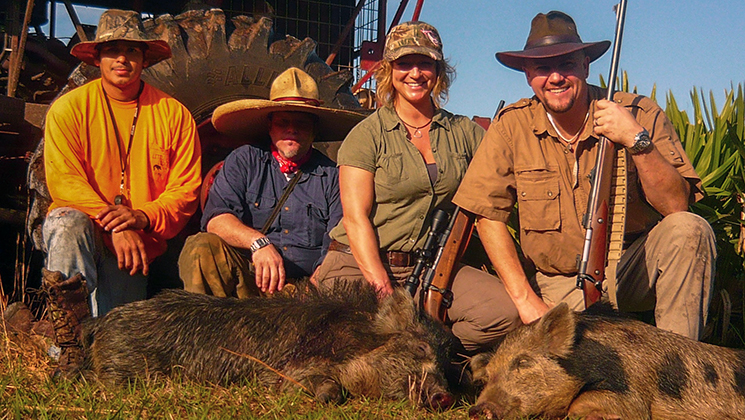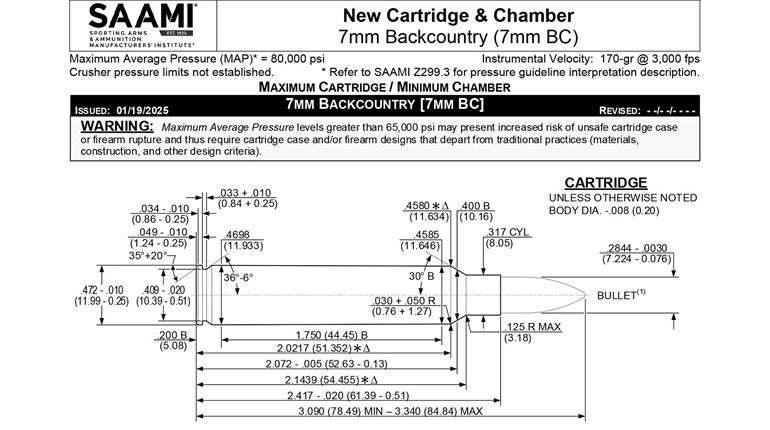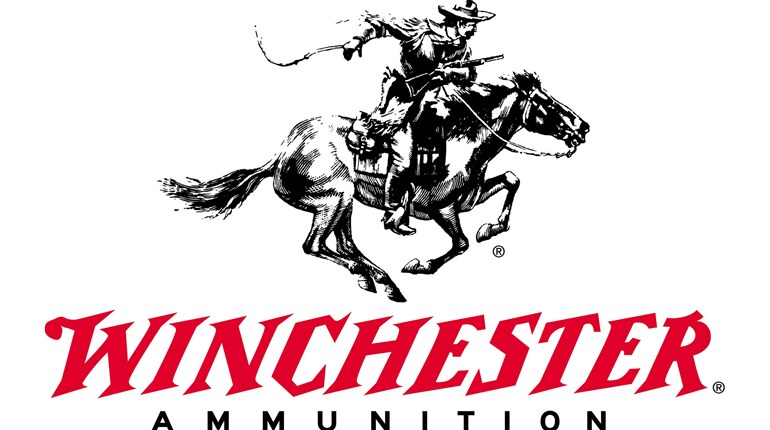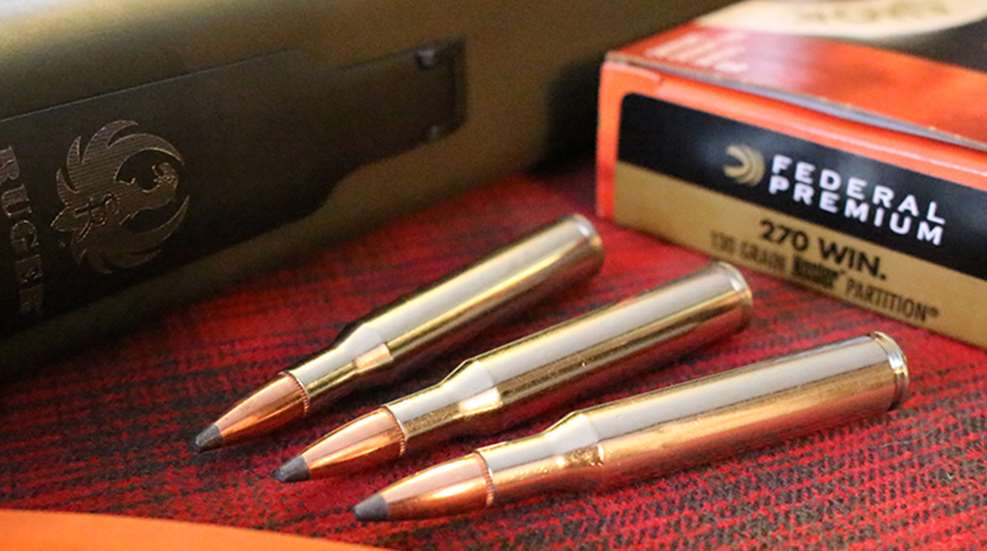
Undoubtedly, North America’s most popular game animal is the whitetail deer, but globally (and running a close second here at home) is the feral hog. They come in all sorts of shapes and sizes: Russian Imperial Boar, Razorbacks, feral hogs—but they are all the same genus and species. Sus Scrofa is a very popular game animal; destructive at times, delicious always and they afford a very liberal season in the southern states. Not unlike the whitetail, they are hunted with a wide array of calibers and bullets, and what works for one hunter might not be the choice of the other. Pig size should dictate the logical minimum, as far as caliber and bullet weight goes, but the good folks at American Hunter have asked me to list my top five loads for Sus Scrofa, so here goes.
Hornady .223 Remington 55-grain GMX Full Boar
Yep, I was the guy that wrote that the .223 Remington was overrated as a hunting round, and I do feel it’s on the light side for hogs. But, I also recognize the fact that many hunters take to the field armed with a MSR chambered in .223, so I feel that you should have a darn good bullet. The Hornady GMX is a homogenous alloy, so there’s no jacket or core to separate and impinge on penetration. The fact that Hornady’s load rolls out of the barrel at 3,335 fps is an added bonus. Put that blob of copper where it belongs and you should have your hog; though it may be small, that 55-grain pill is no joke, and the Hornady load is wonderfully accurate.
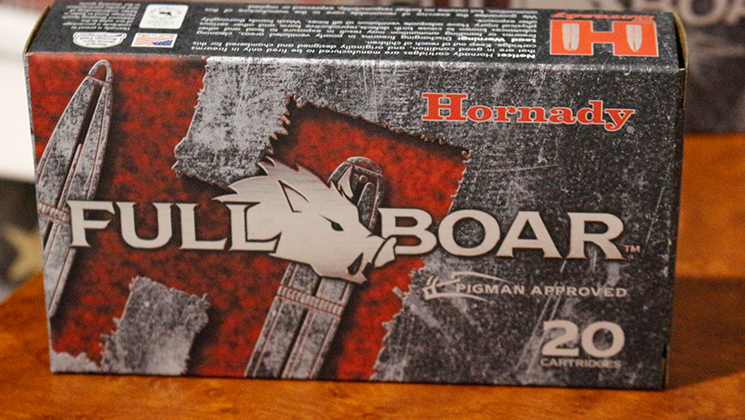
Federal Premium Vital-Shok .270 Winchester 130-grain Partition
The .270 Winchester is among the most popular big game calibers, and the 130 grain bullets are certainly hell on deer and deer-sized game. There’s no reason to leave your deer rifle behind, but in the 130 grain weight I’d opt for a stiffer bullet. The 130-grain Nosler Partition is just the answer. Soft enough to open up and give good expansion, wrecking the vitals, but stiff enough to give deep penetration, the 130-grain Partition will allow the shooter to beef up the performance without changing the feel of the rifle they are so accustomed to, and that’s a good thing.
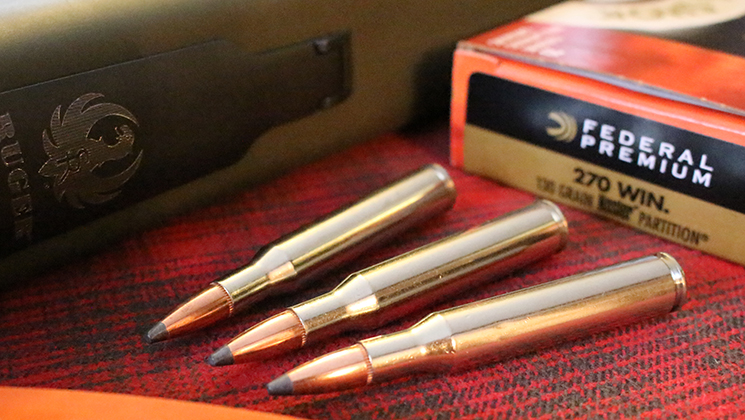
Barnes Vor-TX .308 Winchester 168-grain TTSX
I love .30 caliber rifles as much as the next guy, and the .308 Winchester makes a heck of a lot of sense as a hunting round. My personal deer rifle is a Ruger 77 MKII in .308, and it has become an extension of my arm. One of the best bullet weights in the .308 case is the time-proven 168 grainer, but in the monometal, polymer-tipped TTSX it performs even better. There’s plenty of weight to carry through the gristle plate, and destroy the vitals. Put that capability in a short-action, quick-handling rifle, and you’ve got the tools to ruin an oinker’s day.
Nosler’s Trophy Grade 180-grain AccuBond .30-’06 Springfield
There’s no longer any point in arguing that the .30-’06 Springfield is sufficient for just about all North American hunting, and the pig hunt is no exception. For those of the porcine persuasion, I prefer the heavier bullets, 180 grains and upward. The Nosler AccuBond makes a great choice, as its higher B.C. will help to make a distant shot should one present itself, but the heavy jacket and bonded core will ensure that the bullet will hold together, even on Hogzilla.
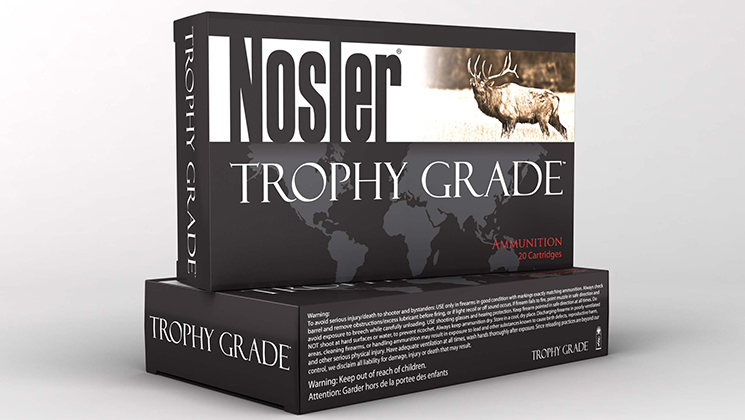
Federal Fusion .35 Whelen 200-grain
There is something about the .35 caliber rifles that I like for both pigs and black bears, as the larger frontal diameter just seems to make sense to me. Some folks like to criticize the .35s for their slower velocities when paired with the heaviest of bullets, so a lighter-for-caliber choice, when stoutly constructed, makes complete sense. The 200-grain Fusion bullet, moving along at a muzzle velocity of 2,800 fps, delivers over 3,400 ft.-lbs. of energy. All this from an easy recoiling cartridge that doesn’t require a magnum receiver. The fact that the Fusion bullet has its core bonded to its jacket engenders all sorts of confidence, no matter the size of the hog you may encounter.
I’ve used many different cartridges for hogs, on two different continents, but the point remains the same: a stout bullet, placed in the vitals, will put bacon in the pan!
